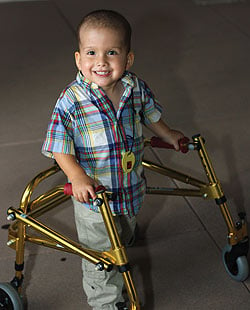
Support authors and subscribe to content
This is premium stuff. Subscribe to read the entire article.
Login if you have purchased

This is premium stuff. Subscribe to read the entire article.
Point Designs, Colorado, appointed Mike Benning to the role of director of sales and marketing. He will spearhead Point Designs’...
Read more
© 2024 The O&P EDGE